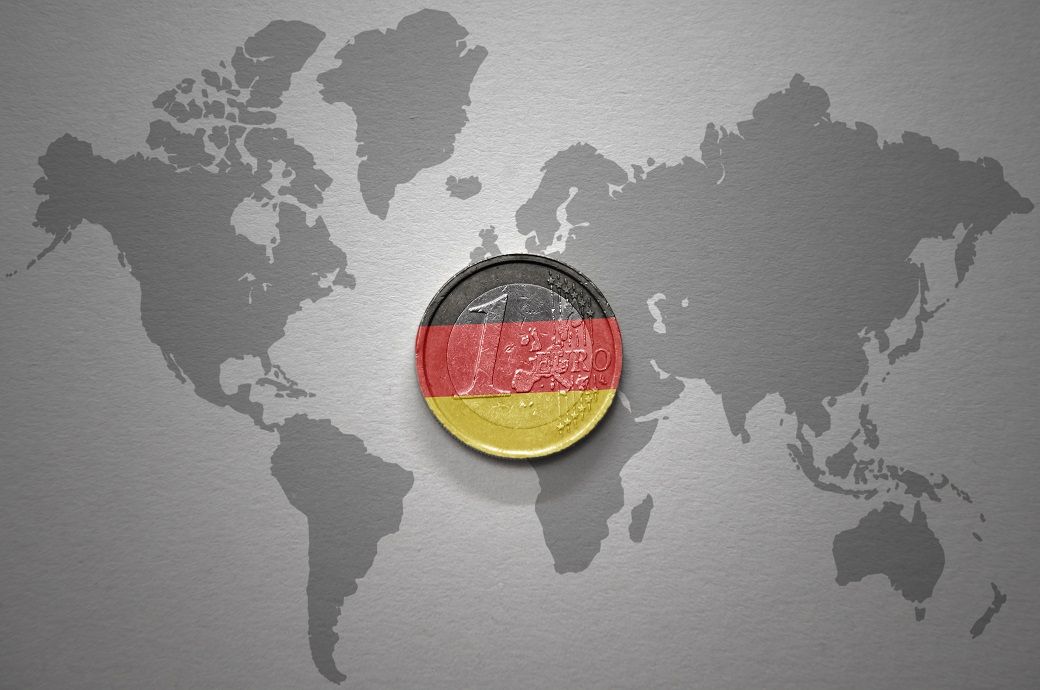
A significant contributor to the inflation rate was the price of energy products, which increased by 5.3 per cent in 2023 compared to a substantial 29.7 per cent hike in 2022. Although energy prices started high at the beginning of 2023, they showed a downward trend in October and November, contributing to the overall easing of inflation. Without the energy prices, the year-on-year rate of increase would have been 6 per cent.
Core inflation, which excludes energy and food prices, rose to 5.1 per cent in 2023 from 3.8 per cent in 2022, indicating that inflation was high across other product groups, as per Detstatis.
The overall prices of goods increased by 7.3 per cent in 2023, with non-durable consumer goods experiencing an 8.8 per cent rise. Durable consumer goods saw a price increase of 4.8 per cent.
In December 2023, the inflation rate was 3.7 per cent higher compared to December 2022, driven by a surge in energy prices. The year-on-year inflation rate in December was 4.1 per cent, a stark contrast to the -4.5 per cent recorded in November 2023. Excluding food and energy, the inflation rate would have been 3.5 per cent in December 2023.
Goods prices were up by 4.1 per cent in December 2023 compared to the same month the previous year, with durable consumer goods, including clothing, becoming more expensive. The consumer price index (CPI) increased by 0.1 per cent in December 2023 compared to November, while energy prices dropped by 1.9 per cent over the same period.
Fibre2Fashion News Desk (DP)